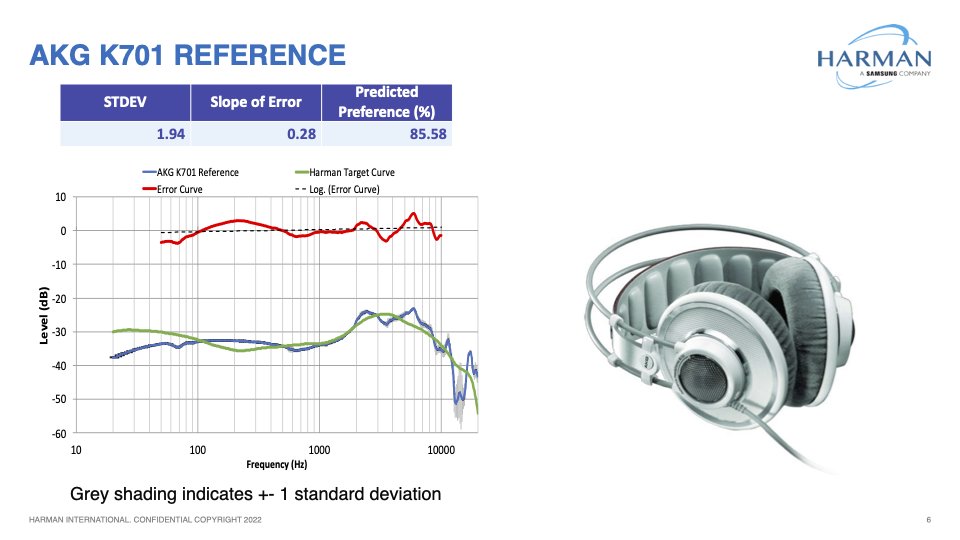I still think my methodology is sound though, and I've even seen Axel Grell and Dan Clark talk about soundstage in terms that would support my methodology (in their CanJam talks). Although I agree with Sean Olive that since the scoring wasn't backed by listening tests, the rankings should be taken with a pinch of salt.
The pinna does have to do with headstaging.
measuring with and without pinna shows the differences. You are the only one doing this as far as I know. I like the idea.
A question: When you measured with and without pinna was the complete pinna + mounting plate replaced by a flat plate and was that hard plastic or rubberized ?
The differences you got with an without pinna do not match with the differences between say my pinna less and Amirs HATS measurements.
Your differences see much larger.
Then my view on the soundstage measurements. I know you had to create a number and weigh it into the other numbers. I like the idea.
The problem I have with it (the grain of salt as it were) is that you seem to base it on the 10kHz dip (caused by the pinna shape) which may be an indication of angle of the driver but can be skewed by driver diameter and position. The 10kHz dip would occur at a different frequency with actual ears. Probably between 6kHz and 12kHz or so ? The driver may have different behavior at those frequencies.
I'd like to see more research done in this field, as S. Olive also mentioned, with a larger group.
The difficulty could be that the whole 'headstage' effect seems to differ from person to person and I suspect not only because of different pinna shapes and ear canals but also the way the brain processes the incoming 'data'.
It seems like a difficult subject that before one starts to but out numbers folks would base purchases on that feel this is an important aspect should be researched a bit more. I know.. expensive and more something that could be done by some well funded organization perhaps.
I would like to encourage you to look further into this (no one else seems to be doing this) with a more elaborate study using interested people in the staging aspect.
Perhaps your testing of the 2 incoming HATS (congrats with the new job b.t.w.) can give some pointers. Looking forward to some results.


